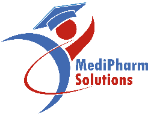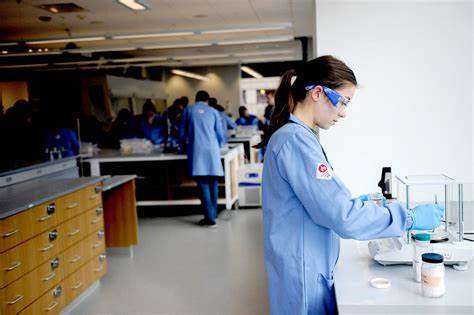Biosafety and pharmacovigilance are critical components in ensuring the safety and efficacy of biomanufactured products, which include biopharmaceuticals such as vaccines, monoclonal antibodies, and recombinant proteins. Here are key considerations and practices in biosafety and pharmacovigilance to ensure safety in biomanufacturing:
1. Risk Assessment and Management: Biomanufacturing processes involve living organisms (e.g., bacteria, yeast, mammalian cells) and complex biological molecules. Conducting thorough risk assessments at each stage of manufacturing is essential to identify potential hazards and implement appropriate control measures.
2. Quality Control and Assurance: Rigorous quality control measures are implemented to ensure consistency, purity, and potency of biopharmaceutical products. This includes testing raw materials, monitoring process parameters, and conducting in-process and final product testing to detect contaminants or deviations.
3. Good Manufacturing Practices (GMP): Adherence to GMP guidelines is crucial in biomanufacturing to maintain product quality and safety. GMP regulations ensure that facilities, equipment, processes, and personnel meet strict standards to minimize risks of contamination and ensure product consistency.
4. Containment and Biosecurity: Biosafety measures focus on preventing exposure to biological agents and protecting personnel, the environment, and the product from contamination. This includes using appropriate containment facilities (e.g., biosafety cabinets, cleanrooms) and implementing biosecurity protocols to control access and prevent unauthorized release of biological materials.
5. Adverse Event Monitoring (Pharmacovigilance): Pharmacovigilance in biomanufacturing involves monitoring adverse events associated with biopharmaceutical products post-approval. This includes collecting, evaluating, and reporting adverse events and implementing risk minimization strategies if safety concerns arise.
6. Traceability and Batch Documentation: Comprehensive documentation and traceability of manufacturing processes and materials are essential for accountability and rapid response to safety issues. This includes batch records, manufacturing logs, and tracking of materials from raw materials through to distribution.
7. Post-Marketing Surveillance: Continuous monitoring of product safety and effectiveness after market approval is critical in pharmacovigilance. This involves analyzing real-world data, conducting epidemiological studies, and responding promptly to safety signals to protect public health.
8. Training and Education: Ensuring that personnel involved in biomanufacturing are well-trained in biosafety protocols, GMP requirements, and pharmacovigilance practices is essential. Continuous education and training programs help maintain a culture of safety and compliance within manufacturing facilities.
By integrating biosafety practices and pharmacovigilance strategies throughout the manufacturing process, stakeholders can mitigate risks, ensure product safety, and maintain public trust in biopharmaceutical products. These efforts are essential to meet regulatory requirements, protect patient health, and advance the field of biotechnology responsibly.


No Comments